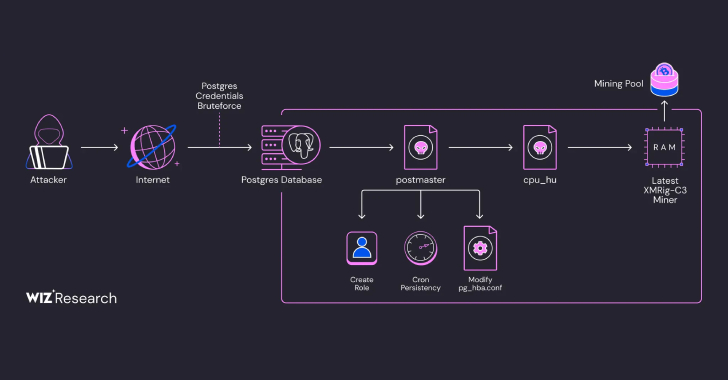
ITIL Compliance for Seamless Cloud Migration
Migrating to the cloud is no longer just a buzzword; it’s a fundamental aspect of modern business strategies. As companies increasingly realize the benefits of cloud platforms – cost efficiency, scalability, flexibility, and more – the desire to move data and processes to the cloud continues to grow. However, the path to a successful cloud migration isn’t always smooth. This is where ITIL (Information Technology Infrastructure Library) compliance comes into play, acting as a beacon, guiding organizations towards an effective and smooth cloud transition.
Why is ITIL Vital for Cloud Migration?
To understand the significance of ITIL in cloud migration, one must first grasp what ITIL entails. ITIL is a globally recognized set of practices for IT service management (ITSM). It ensures that IT services are aligned with the business needs. In essence, ITIL provides a blueprint, a systematic approach that helps organizations deliver high-quality IT services.
In the context of cloud migration, ITIL ensures:
- Risk Management: Migration can introduce a slew of potential risks, from data loss to compatibility issues. ITIL’s robust risk management practices ensure these risks are identified, assessed, and mitigated.
- Change Management: Transitioning to the cloud is a significant change for any organization. ITIL’s change management practices ensure that these changes are introduced in a coordinated, planned, and controlled manner.
- Efficient Resource Utilization: ITIL helps organizations make the most out of their resources, ensuring that nothing goes to waste during the migration process.
- Continuous Service Improvement: Post-migration, it’s vital to continuously monitor and improve the services. ITIL’s frameworks allow for ongoing optimization of cloud services.
The ITIL Process for Cloud Migration
Diving a bit deeper, let’s look at a simplified step-by-step approach based on ITIL guidelines for a seamless cloud migration:
- Assessment and Strategy Development: Before diving into migration, assess your current IT infrastructure, applications, and data. Understand what needs to be migrated, its interdependencies, and the order of migration. This step is crucial in formulating a strategy that aligns with business objectives and meets end-user needs.
- Design and Planning: Once you have a clear understanding of the migration requirements, design a robust migration plan. This involves selecting the right cloud service provider, understanding the cloud architecture, and mapping out the migration path.
- Testing: Before full-scale migration, conduct a pilot test. Migrate a small set of data or applications, understand potential pitfalls, and ensure everything works as expected.
- Migration Execution: With confidence from the testing phase, proceed to migrate data, applications, and processes to the cloud. ITIL’s change management practices are particularly beneficial here, ensuring minimal disruptions.
- Post-Migration Review: After the migration, conduct a thorough review. This involves checking if the migration aligns with the initial strategy, ensuring data integrity, and validating that all applications are functioning as expected.
- Continuous Monitoring and Improvement: Leveraging ITIL’s continuous improvement practices, monitor cloud performance, gather feedback, and make necessary adjustments.
Best Practices for ITIL Compliance during Cloud Migration
- Stakeholder Engagement: Engage all relevant stakeholders, from IT teams to end-users. Ensure everyone understands the purpose and benefits of migration and is on board with the process.
- Comprehensive Documentation: Maintain detailed records of every step, from assessment to post-migration review. This not only ensures transparency but also helps in potential future migrations or adjustments.
- Prioritize Security: Security concerns are a primary deterrent for many organizations considering cloud migration. Ensure that the chosen cloud platform complies with industry standards, and follow best practices for data encryption, access controls, and regular security audits.
- Skill Development: Ensure that your IT team is adequately trained and equipped with the knowledge and skills required for a smooth migration and subsequent cloud management.
Conclusion
In a rapidly evolving tech landscape, the cloud is no longer an optional luxury but a necessary tool for business growth and innovation. However, like any significant change, it comes with challenges. Thankfully, ITIL provides a tried-and-tested framework, ensuring that organizations can harness the power of the cloud effectively and efficiently. As the saying goes, “Failing to plan is planning to fail.” By embracing ITIL compliance in cloud migration, businesses are not just planning but ensuring success in their cloud journey.
Contact Cyber Defense Advisors to see how we can tailor our ITIL compliance services to your needs.





